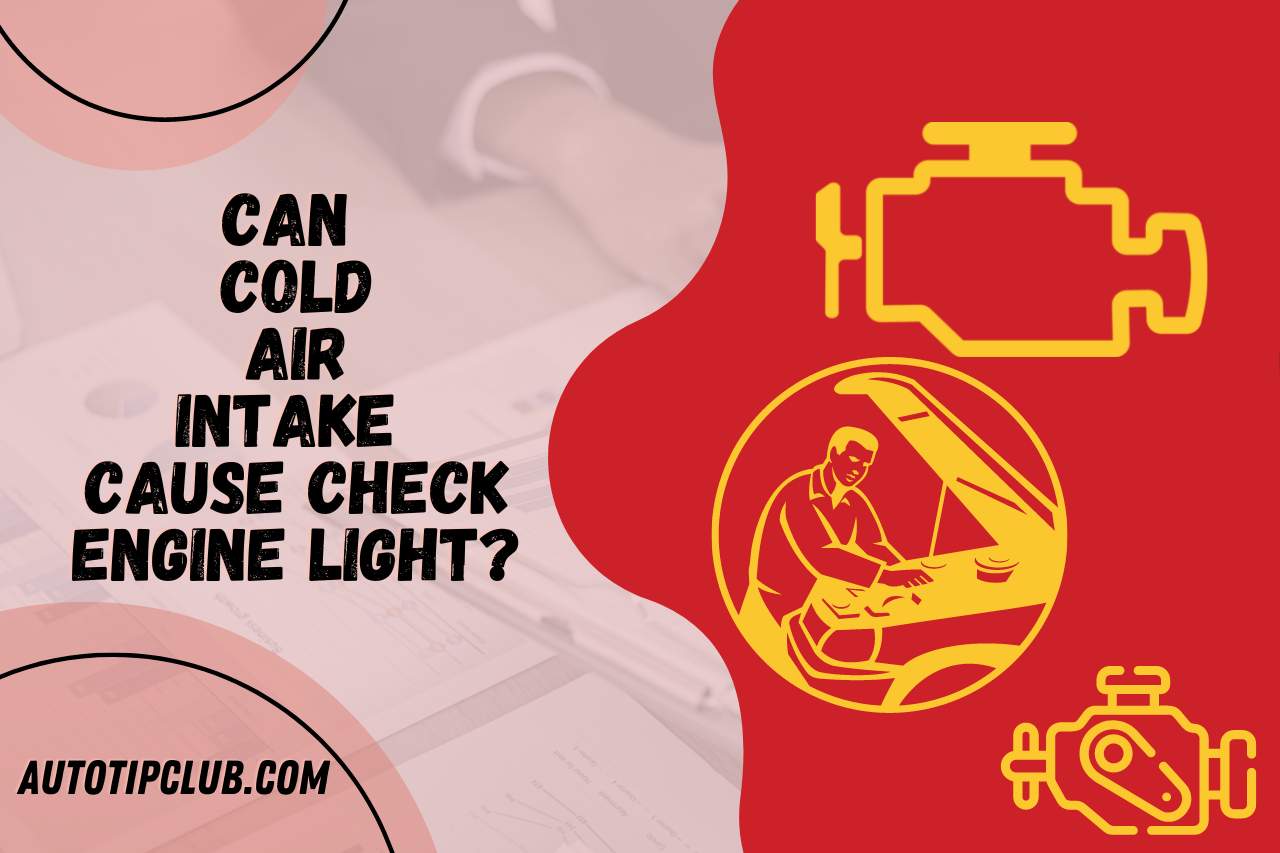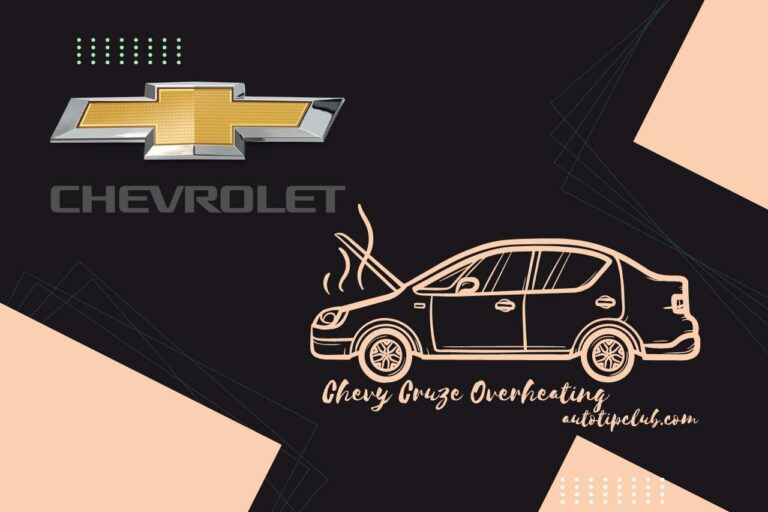Can Cold Air Intake Cause Check Engine Light? You Need To Know
Using aftermarket components to improve your car’s power and economy is normal. The cold air intake is one of these aftermarket components which can help improve the performance for a minimal amount of money. A cold air intake is an automotive system that delivers chilled air to the engine’s combustion chamber. Cooler air is more packed than warm air, making it better for combustion. But, you may wonder if this would benefit or hurt your engine when mounting it in your car. So can cold air intake cause check engine light? Let us find out.
What is Check Engine Light?
The check engine sign is among the most significant indicators on your car’s dash. It illuminates once the ECU in the car notices a problem with the powertrain or emission control unit.
The light might indicate a tiny problem, including a loose gas cap, or a more significant problem, like a car engine seizing up. That usually implies you’ll need to take your automobile to the dealership to have the problem fixed and the indicator turned off.
When this occurs, examining the car as quickly as possible with your Obd – ii analyzer or by a mechanic is crucial. Until the issue is resolved, the engine check signal will remain illuminated.
According to the manufacturer, check engine signals are either yellow, yellow, or red. Nevertheless, if the indicator starts to blink, a more significant issue, like a misfire, might cause the exhaust system to overheat very rapidly. These emissions control systems use extreme temps, but they might be a fire danger if malfunction.
In addition, disobeying the check engine signal may invalidate your insurance and cause additional harm. Take the time to bring your car to a dependable technician for diagnostic and service if the check engine warning light comes on.
Can Cold Air Intake Cause Check Engine Light?
The brief response is yes, although under specific conditions. The ventilation being taken into the powertrain will normally rise due to a cooler air inlet. This rise may turn on the check engine indicator if it is sufficiently considerable. Unfortunately, this often only happens to vintage cars with temperature measurements responsive to temperature fluctuations.
If a cooler air inlet interferes with the vehicle’s detectors or air-to-fuel ratio, the engine warning light will turn on. Hence, if you’re thinking of upgrading your car’s air intake unit, be cautious about making sure it works with the computer.
The addition of cold air inlets to a naturally aspirated engine is normally harmless, but some unauthorized setups may cause excessive idling and surge-locking problems. They may create issues with power and economy, excessive idling and stuttering, and ultimately costly engine maintenance.
Your check engine signal won’t often turn on because of a cooler air intake, and when it does, the issue may generally be resolved by adjusting the gauge.
Don’t allow the chance of turning on your check engine lamp to deter you from putting a cold air duct in your vehicle because it’s not expected to cause any issues.
Pros and Cons of Cold Air Intake?
There are a lot of advantages, such as more power for less cost, great throttle response, better fuel economy, and so on, in addition to disadvantages, like, causing the check engine light, higher engine noise, and more.
Pros
- More Horsepower: The airflow throughout the whole structure in addition to cooling the air. The greater energy is sent to the tires; the easier it is for the powerplant to draw air. But, you obtain higher performance mostly due to reduced intake heats.
- Enhanced Engine Tone: Unlike popular opinion, getting great sound doesn’t always require an exhaust pipe. A cold air inlet can considerably increase engine noise; however, only if you fully depress the accelerator pedal. To put it another way, a lovely and calm journey to morning work is preferable to superior sound that only comes from straining the automobile to its boundaries.
- Improved Throttle Response: The period that elapses between depressing the accelerator pedal and the automobile accelerating is known as the throttle response. Since the air gets smoother and more easily when it is cold, it enters the cylinder more quickly, so the delay is considerably reduced.
- Greater fuel efficiency: Improved gas mileage is among the many side benefits of a cold air inlet because it increases engine effectiveness spontaneously rather than by pushing fuel and air into the cylinder. Considering current oil prices, people won’t see an enormous improvement in fuel efficiency, yet it’s better than none.
- Simple to Setup: Anybody can build a cold air inlet using only the most basic equipment, unlike most other upgrade kits that need a specialist or, at minimum, somebody with the knowledge to build them.
- Cost: Based on the automobile and powertrain, a premium cold air intake might cost around 199 Usd and 499 USD. Even though the performance improvements are not insignificant, cold air intake is among the finest choices you can make. Comparatively, a full exhaust pipe may increase your performance by 10 to 15, but it will cost you a minimum of 1000 USD in addition to manpower.
Cons
- Loudness: The increased loudness or greater sound could benefit some individuals while being a drawback for others. The additional volume that comes with a cold air inlet should be something to consider if you want your automobile to always be peaceful and pleasant to drive.
- Universal and Subpar Cold Air Inlets: It might be great if you’d be extremely cautious and, more significantly, if you didn’t try to save while purchasing a cold air intake. Unfortunately, a cheap cold air inlet will likely reduce your vehicle’s performance and harm its fuel efficiency.
- Problems with Carburetors: Carbureted vehicles have this issue since they lack an ECU or any other means of real-time fuel adjustment. It implies that without a carburetor tune, you definitely didn’t experience many performance improvements and that starting the engines in the early would be more challenging.
Do Cars Run Better with a Cold Air Intake?
Reduced oxygen content results from heated air being close to your engine. The addition of a cold air intake gear raises the oxygen concentration inside the system. Your powerplant and the entire car might profit from this part in the long run! A cold air inlet gear boosts fuel economy and increases engine performance.
This occurs because cold air contains greater oxygen than hot air. Thus, your automobile can inhale freely and operate more effectively by sending cooler air to the combustion chamber.
Does Cold Air Intake Decrease Engine Life?
Not exactly. If the installation is done correctly with good quality products, your car will not have any trouble with a cold air inlet. However, problems like check engine light, worse car exhaust sound, dirt, particle build-up in the engine, and much more can happen when installed incorrectly.
More Like This: Check Out These Related Articles
- The Battery Light On but Alternator is Charging: Why?
- The Car Temperature Gauge Stays Cold
- Can I Drive With Code P06DD? (Symptoms, Causes & Cost)
- What does ECU 128 Code Mean?



My name is Robot McCullum, and I’m an Automotive Engineer with 20+ years of experience in the automotive field. I’ll give you step-by-step instructions for recognizing and fixing complicated technical problems in an uncomplicated manner. www.AutoTipClub.com, is your best resource for in-depth tutorials, insightful tips, and practical advice designed and developed either for seasoned vehicle collectors or daily drivers.



![ECM vs Variable Speed Motor – [Differences, Cost & More]](https://autotipclub.com/wp-content/uploads/2023/03/how-much-does-it-cost-to-true-a-bike-wheel-14-768x512.jpg)



